Ramchandra P.N. has been around. For those in the Indian documentary circuit, his is a familiar, respected presence. But the independence bug bit him more than a decade ago, and his first feature-length film, the digitally shot Tulu-language ‘Suddha‘ (The Cleaning Rites), won the Best Indian Film award at the (New Delhi) Osian Cinefan Festival of Asian Films. His second, a Kannada children’s film called ‘Putaani Party‘, jointly won the Golden Lotus for the Best Children’s Film at the 2009 National Film Awards.
His third is the fiercely indie Haal-E-Kangaal (The Bankrupts), an introspective, existential black comedy about two filmmakers meeting in a flat after 15 years.
Here, ABHISHEK GAUTAM speaks to the journeyman about this film, his career and the eternal struggle to find an audience.
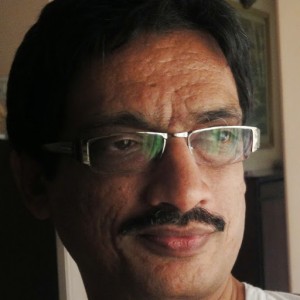
It’s been quite a long, relentless journey?
A. I graduated from film school. There used to be this Television show called ‘Surabhi’. I worked on that for a while. However, after a few years, I realized this is not what I wanted to do. I wanted to make a film. So I bought my own camera a – DVcam – and made my first film ‘Suddha‘. Luckily it went to film festivals, people liked it and I got the Hubert Bals fund for my next project. CFSI came on board and made my second film. After this, I thought my third film would be easier but that was not the case. It never is.
What happened?
A. My third film was to be a film on farmer suicides. I also had a producer on board. But we needed more funds and another producer. That never happened. I can only approach institutions like NFDC or CFSI or self-produce a film. I can’t undertake the process of pitching to actors or studios. That is not what I’m good at. So then I thought – what do I have? I have my own camera. I have a flat. My wife goes on this annual trip to visit her parents, so the house I empty. And I know films. So I wrote Haal-E-Kangaal, and we shot it in 13 days on almost zero budget. The only thing I spent on was food. Food is very important, even for us DIY folks.
How did you get into this self-producing mode?
A. My first film ‘Suddha’ had a producer. He was not a film producer, but a CA. A very good CA. One month before the film, he backed out. The option for me was to drop it or to do it on our own. So we did it on our own. We went there and I stayed at my assistant’s place in the village. We shot with my assistant’s neighbours. Assistant’s brother-in-law was the production manager. The local – you know those Yuvak Mandal guys there – so we trained them to be light boys, to manage the production part. We made reflectors out of cigarette packets. We made reflectors out of folders. We trained them to hold them. This was all because the CA didn’t have money.
How do you sustain yourself in the meantime?
A. I do documentaries. My kitchen runs through documentaries. Sustainability in that sense – I don’t have a lavish lifestyle. That’s the choice I made. Whenever I get funds, I make these films. For documentaries, it helps to have your own camera. I use those cameras for my feature films. My first film I shot in 2004, completed in 2005. My next film took 4 years. 2009. And then 2013, another 4 years for my third film. If I had gone to an actor over the years, the amount of time would have reduced. But I was not comfortable with a commercial setup. Initially, when I graduated from my institute I did go to a commercial setup and I worked there for a while. I was not comfortable with it. I decided to stop. Kumar Sahani asked me to assist him. Kundan Shah too. I said, boss, I’m going to be independent. Fortunately for me, television came at that point of time and I went into television.
What is your approach to feature films? How do you showcase them?
A. It’s easy to make a film these days, because of how democratic, accessible and cheap technology is. Anyone can make a film. But the problem for me these days is how to show it. Why am I making a film? I don’t have a theatre release option. I’ll show my film on the internet as a last resort because I am a traditionalist. I want people to see my work on a big screen. So what options do I have? I have these small screenings. But small screenings don’t bring me returns. But I want to make the film anyway. I cut away the fat. I bring it down to the bare minimum skeleton. That’s what low budget filmmaking is about. So if nothing comes out of it – well and fine. But I made a film. In that sense, I am not dependent. I manage to get commissioned to make a documentary film, out of which some portion of money I keep aside to make a fiction film – my film. Honestly, it’s difficult. Filmmaking is always difficult. You can sit in a village and make a film now. The real story and struggle starts after that.
You’ve made 3 films in 3 different languages…
A. The third film, the farmer suicide one, was in Kannada. But that didn’t happen. But Haal-E-Kangaal demanded Hindi because I was setting it in a city like Bombay. It’s basically the culture that I am familiar with, the filmmaking culture that I know quite well. While I was writing the script, it was clear. But there was no pre-conceived notion. I have a few Tulu scripts also. I want to do Kafka in Tulu. For obvious reasons, I am not finding anyone. So that’s how it is. Someday, I will get a good documentary film. I will siphon off some money, my profits, and repeat the cycle.
The wait in between films is frustrating for a director.
A. After 2013, there was this whole question of why am I making a film. ‘Shudda’ somehow won an award and the purpose was solved when I showed the film to an audience that it was made for. So there was a completion of sorts. At least people saw the film. For my second film – see, CFSI doesn’t do theatrical distribution. But they have a very efficient network; they have a tie-up with local district administrations plus local theatre associations. So they go to the nook and corner of villages and they have screenings. That is how I know that my film will be screened. Somebody from Tinsukia, which is in Assam, calls me up and says I’ve seen your film. So I know the film is also making its rounds. The films are shown to children over there. They also have tie-ups with schools for several screenings. There are 3-day festivals, in which films like mine are also included.
But for Haal-E-Kangaal, what is my audience? Pure theatre. So I have to show it to festivals. But festivals are not accepting it. Again, the whole question of why I am making this film arises. It took a few rejections for me to realise why I am making this film. So then I started thinking “Boss, festival should be secondary. You have to find your own audience”. And that’s what I’m doing right now. However small it might be. I am having a screening in a home-theatre with 20 people in a village in Manipal; my friend has a home theatre and 20 people are folks who know world cinema through torrents and whatever. So I show the film; why not? I show the film in a mass communication college in Manipal or Hyderabad, and I have some alternative screen spaces like film clubs in Hyderabad. I am aware it is not a large audience. I’ve been showing the films to film critics also. There is a film critic called Vidyarthi Chatterjee in Calcutta. He said “Ram, your film is a minority film and I think you know that.” So it’s a minority film, with a minority audience. It’s fine because the subject and form is such, whereas the farming suicide film is not a minority film. It has comedy, it has hope, it has collectivity. Therefore, the budget is also more. At times, it does get frustrating but that is part of the game. That is the life you’ve chosen. Can’t crib.
And your wife?
A. She is into finance and accounts. She always reads my scripts. She mostly doesn’t like them. She is honest. She didn’t like Haal-e-Kangaal either. She said nobody will see it and I’m struggling. I’m hunting an audience for that. She’s always right.
Hence the decision to shoot when she is away?
A. No. That was because the flat is available.
But a good incentive to finish on time?
A. Absolutely. Had to finish quickly, else she would be back. She sees all my rough cuts too. She is a lay person, in that sense. Now she knows that editing was good. But she has also gotten corrupted. Otherwise her gut reaction is “Haal e Kangaal – who is going to see?” And she was right.
So Haal-E-Kangaal is like a story within a story within a story, in a sense.
A. It deals with the whole question of – what is the truth? Am I speaking the truth? How do I know? Is what Tripps (a character from the film) saying, the truth? You start doubting it. But he has proof. He has visas. The husband tells Nair sahib that he is in Ooty. The husband also lies to his wife. He tells his wife Tripps is a producer. So what is really the truth? How do I encapsulate this experience in the form of the film? I thought the form and the content should be one and the same. The content is talking about – are you saying what you’re saying is who you are? Maybe not, maybe yes. There is a dilemma. Now once you’re aware of the dilemma, it is okay. So I made this whole film in a way to raise the question: are you seeing the film or is it a narration? In a way, the content also replicated the form of the film. Even in the characters of the film, there is no quest to find the truth. The dilemma is accepted by both the parties. This was the experiment I was trying to pull off in this film. This was the first film where I was consciously doing this – the form reflecting the content.
This dilemma of who is telling the truth. Is it some metaphor for the real film industry?
A. Once you have decided to make a film on the film industry, then you have to be self-reflective. It’s a reflection of me also. I’m also part of it. Although I’m on the fringes. I’ve seen people do that. I’ve also been through narrations. Like in the film, I’ve also given narrations without the sound effects. I’ve done that. My thoughts on film making had to come through. My criticism, my frustrations. It had to be there. It could have been anyone: 2 businessmen talking, or 2 businessmen dealing with sarees talking. But I don’t know the business well enough. I have to do research on that. So I didn’t have time for that. So I chose to make a film on filmmakers. Because I had to be fast and I knew this inside out.
Isn’t the shift from documentaries to fiction a bit tricky?
A. Even in documentaries, you also have to pitch to various organizations. But at least there isn’t a star system. It’s commissioned. If your subject is good, your treatment is good, you will get funding. I’m not used to pitching to get the consent of an actor. A star, not an actor. I’m not comfortable with that. But I am comfortable pitching documentaries to these institutions.
Back to TV for now?
A. Running the kitchen is sometimes an issue. I don’t chase television. If at a particular point of time I feel it will help run my kitchen, I will take it. For example, 2 years back, I did the Kannada version of Big Boss. I was a creative director there. I didn’t chase it. My friend was working in the Hindi version. He needed to shoot in Lonavala. I agreed because every week I could come to Bombay. It was a horrifying experience but I completed it in 3-4 months. The best part of it was now I’m making a film, writing a script based on those experiences. So I try to use whatever I go through. But I don’t chase television. If they come to me and I need work or money, I take it.

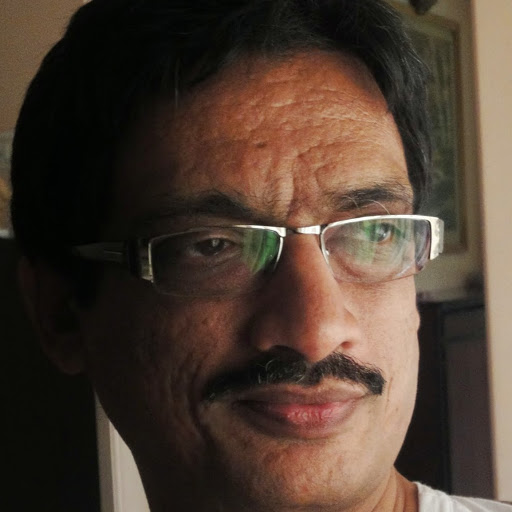
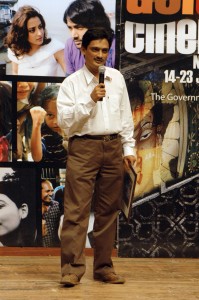
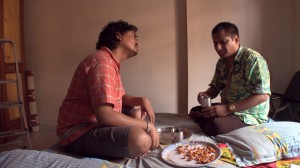
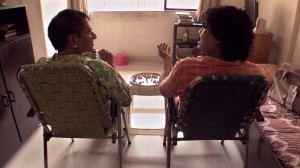
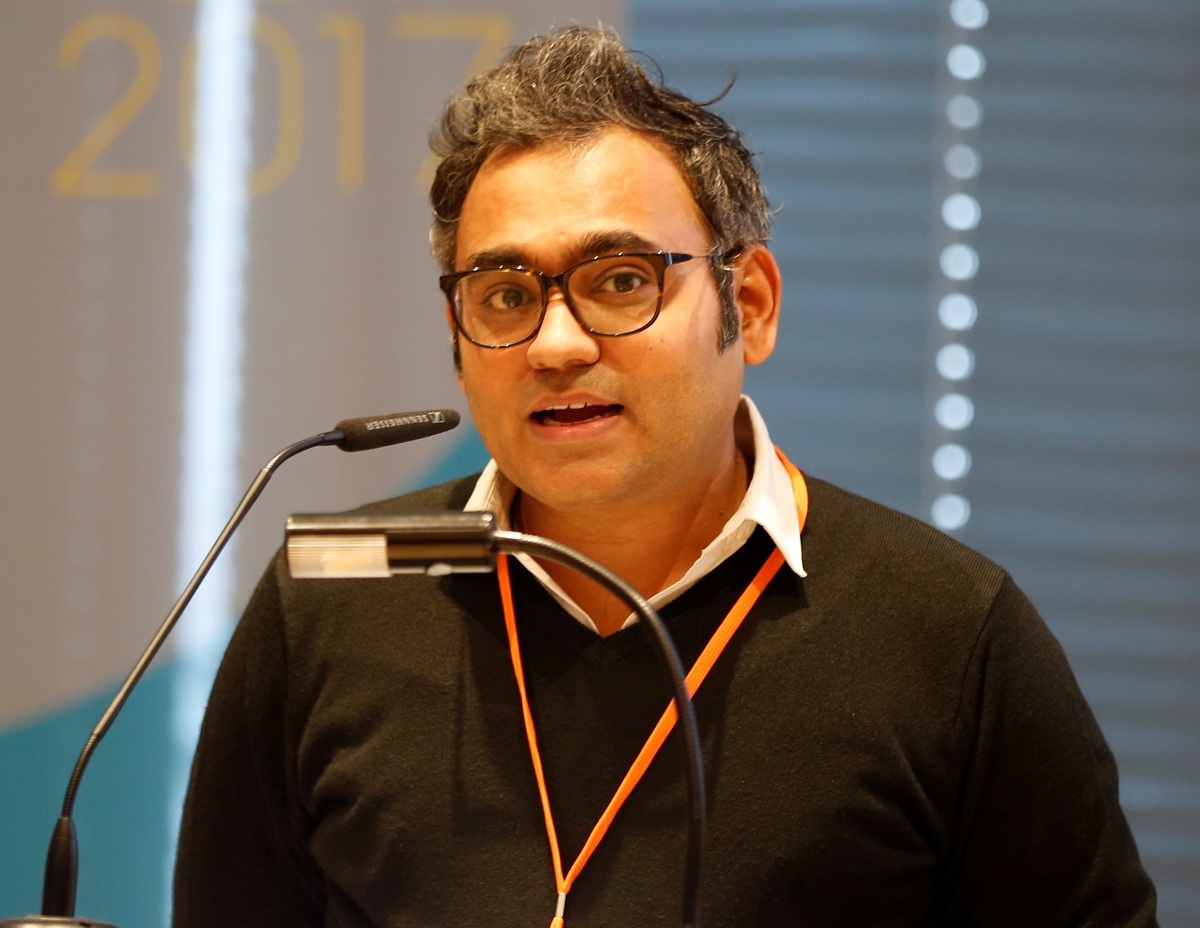
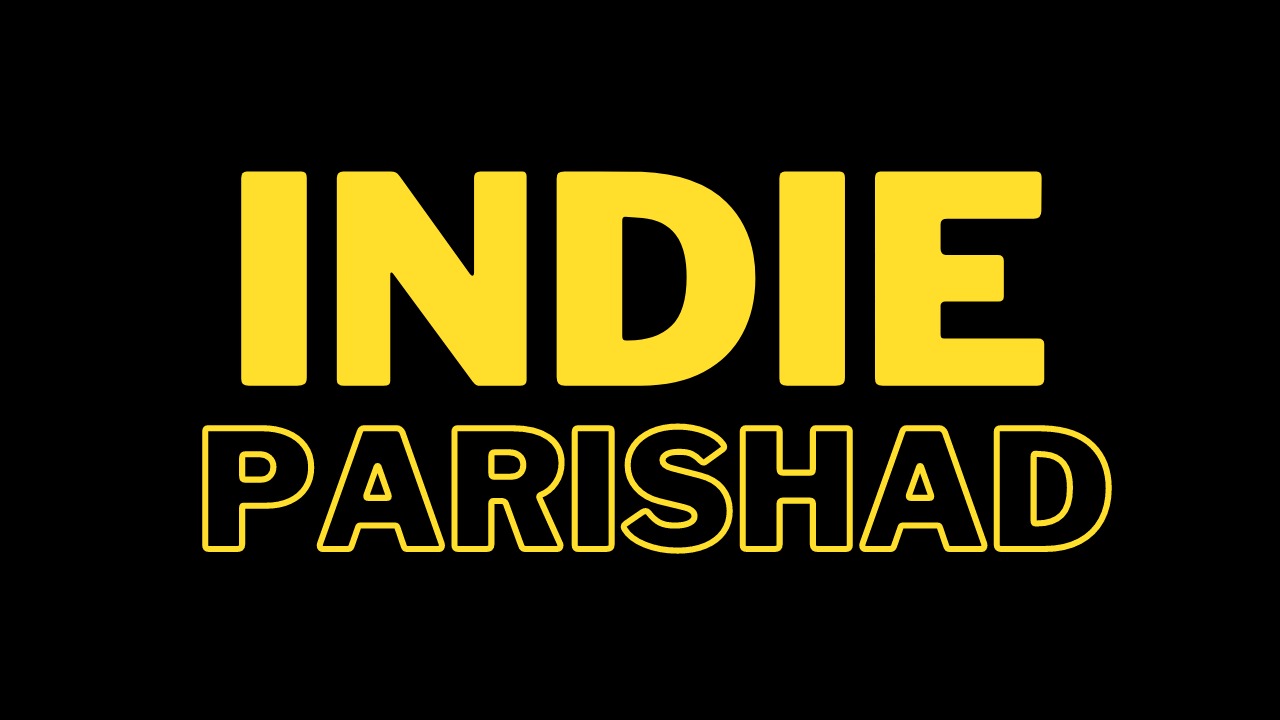
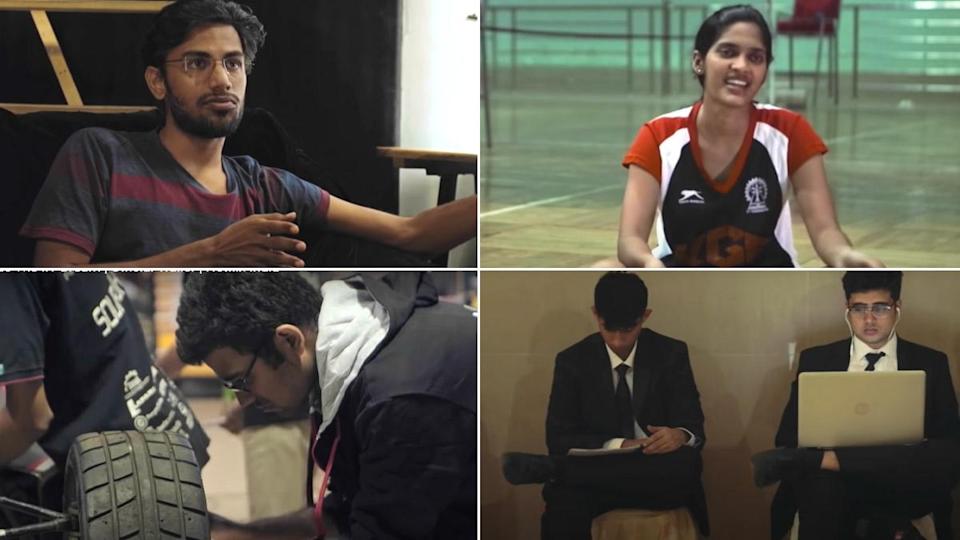


Leave A Comment
You must be logged in to post a comment.